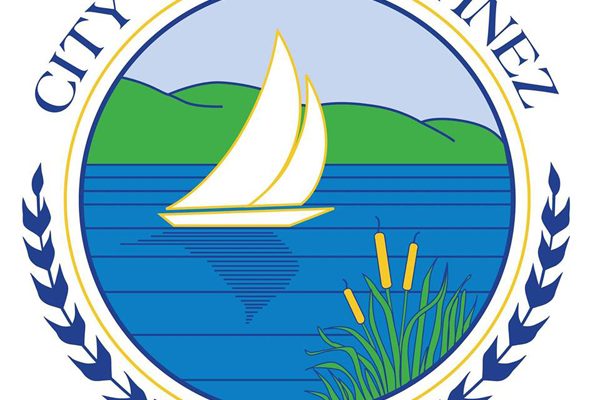 MARTINEZ, Calif. – The Contra Costa Transportation Authority (CCTA) introduced plans for a 35-year, one-half of one percent sales tax that would start in July 2020. It is expected to be on the March 3, 2020, ballot, and to generate an estimated $3.6 billion in current dollars, according to the Martinez city staff analysis report.
MARTINEZ, Calif. – The Contra Costa Transportation Authority (CCTA) introduced plans for a 35-year, one-half of one percent sales tax that would start in July 2020. It is expected to be on the March 3, 2020, ballot, and to generate an estimated $3.6 billion in current dollars, according to the Martinez city staff analysis report.
CCTA made the Oct. 2 presentation in anticipation of getting a city council endorsement of the measure, possibly that night or at the next meeting. The proposal is scheduled to go to the County Board of Supervisors on Oct. 30.
There is already a one-half cent county transportation tax in place. An additional half of a percent was proposed in the past and it failed to pass. If this proposal becomes law, there will be a 14-year overlap when voters are paying a full one percent. The existing half-cent tax runs from 2009 to 2034, and the proposed half-cent would run from 2020 to 2055.
According to Tim Hale, CCTA deputy director, the new proposal is different, and now voters can see the progress that is being made on projects designed to reduce traffic jams in Contra Costa.
For Martinez, the on-going work at the I -680 – HWY4 interchange which is frequently backed up to Morello Avenue is one of the most important. Some of the money would be used to improve traffic flow on major roads such as Alhambra Avenue, possibly help add a ferry service and improved transit connections from Martinez Amtrak to Concord BART. He said the work will be “outcomes-based,” and one of the goals is to establish reliable, frequent public transportation options.
It will fund a new Complete Streets Policy, a new Road Traffic Safety Policy, a new Transit Policy, and a new Advance Mitigation Program to help the Authority achieve its goals to reduce future congestion, manage the impacts of growth, and expand alternatives to the single-occupant vehicle, according to a Martinez city planning analysis report.
The Martinez planning analysis showed approximately 54.6% of transportation investments are to be used for transit and alternative modes (BART, buses, bicycle, and pedestrian improvements); 26.7% for local streets and roads; and 18.7% for Highways and Freeways in Contra Costa.
One of the major arguments in support of the proposed tax came from Councilman Mark Ross. “We need the money to partner with federal and state funding sources,” he said. Then he explained that cities and counties have to compete for funding from those sources and when the locality is contributing funds to a project, odds of getting additional funds from those sources increase. The logic is that the state and federal funding sources are able to grant money to more projects when the locals pay a share.
Hale said the cost of projects goes up in the future. For example a project that cost $809,000 in 1990 could cost $1,147,000 now. “You can save money by doing it now,” he observed. “And you can have the improvements now instead of later.”
The Martinez report showed local funding from Measures C and J, which preceded this proposal, were able to attract $4.1 billion in outside funding from state, federal and regional sources.
Several speakers representing trade unions, including Treston E. Shull of the Laborer’s International Union of North America, Local 324 were there to remind the audience of the importance of the construction jobs produced by such projects, and their importance to the local economy.
No one was at the meeting to speak against the proposed tax or the need for the outlined improvements, but there were also no comparisons between the future value of money arguments and the costs of financing. There is also the question of when the physical improvements will have to be replaced. A study of the facts takes time and that is likely one reason the plan was introduced so far in advance of the election.
Contra Costa County passed the first transportation sales tax measure in 1988 known as Measure C. Measure C created the Authority and provided necessary funding for important projects throughout Contra Costa County. Bay Area Rapid Transit (BART) extensions to Pittsburg/Bay Point and Antioch, the Caldecott Tunnel Fourth Bore, Highway 4 widening, train stations, and intermodal transit centers are among them.

